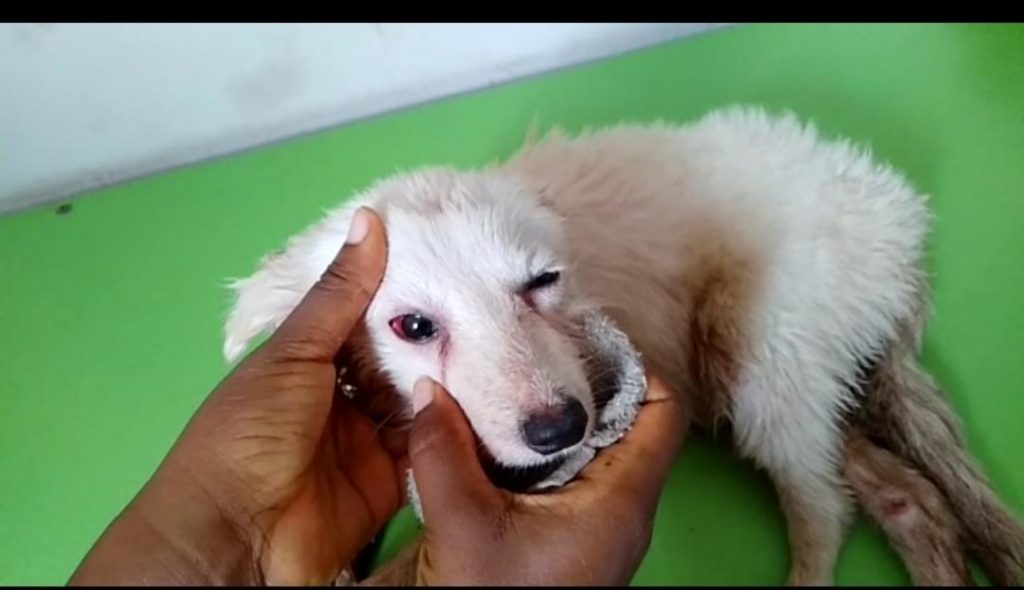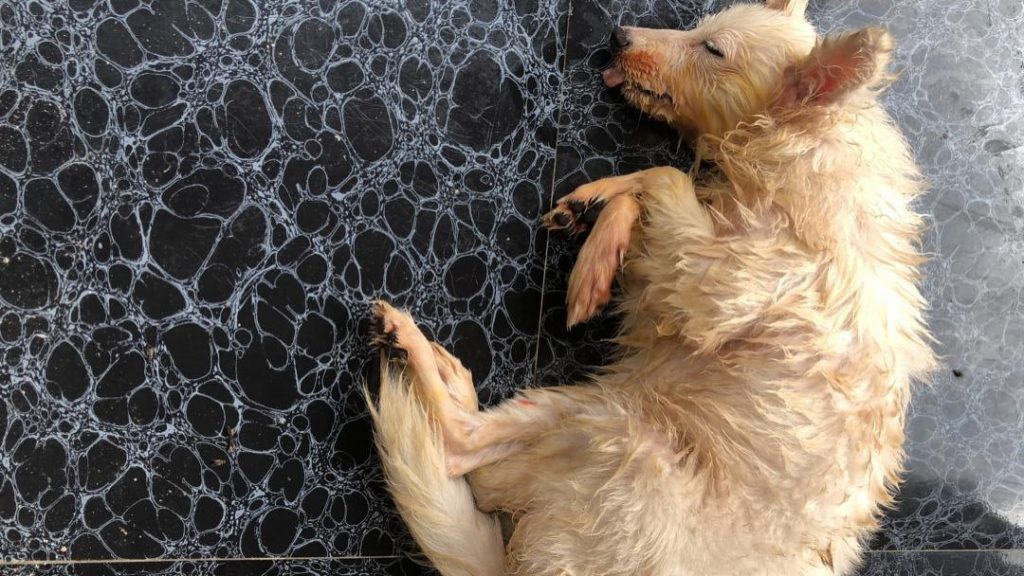Have you ever come back home with all the thoughts in your mind of cuddling your pet but to your surprise meet your pet reluctant to return the affection, refuses its favourite treat, or even has its tail tucked in? Watch out!!! It may have been a victim of trauma.
Pet trauma can range from mild falls or even unnoticed grooming cuts to life-threatening organ damage or car accidents. We know you are not the vet doctor hence may not be able to do much medically. Irrespective, your next step is critical to the achievement of good medical results following this incident or even as much as the survival of your pet.
In some cases, you may be lucky to notice signs such as limping, change of posture, reluctance to walk, arching of the back, whining, or even physical bleeding. However, in less-fortunate cases, there may be less-noticeable signs like change in the normal breathing frequency, which could be suggestive of more internalised damage like rupture of the diaphragm or even a punctured lung. Also, in cases of head trauma, you may see your pet staggering, unconscious, bleeding from the mouth/nose, or even having a damaged eye. Whatever the case, you should immediately call your vet.
After doing so, a first aid treatment before the vet’s arrival can come in handy. What should be done depends on the situation presented before you. We @Carotidvet have decided to give you a few tips.
- Cases of open wounds: Stopping the bleeding should be your priority. This is because the excess loss of blood could lead to systemic shock and drastically reduce your pet’s chance of survival. You can do this by wrapping the injured site with a clean towel. Care should be taken not to make this too tight so as not to block blood circulation to the affected area.
- Cases where your pet is reluctant to stand: Scan through the body of the pet with your eyes to see if you observe any obvious dislocation. If none is noticeable, wait for the vet to arrive. Do not attempt to move your pet as there may be spinal injury and any such attempt at movement may worsen the situation.
Even the all-powerful Pointing has no control about the blind texts it is an almost unorthographic life One day however a small line of blind text by the name of Lorem Ipsum decided to leave for the far World of Grammar. The Big Oxmox advised her not to do so, because there were thousands of bad Commas, wild Question Marks and devious Semikoli.

● Cases of head injuries: Exercise extreme caution when attempting to clean any injuries on the head of your pet. This is because traumatised pets are reluctant to have their injured site touched and can bite their owners out of reflex. Should you notice any reluctance from your pet at a first attempt to manage such injury, wait for your vet to arrive.
● Refusal to eat: This can be suggestive of numerous underlying conditions other than trauma. Hence, seek your vet’s advice.
As a pet lover, never overlook any suspected trauma case your pet may have been involved in, no matter how little it seems. Remember what seems little to you may not be little to your pets. After all, they do not speak to us about how they feel. Some may have internal bleeding from the incidence unknown to you, while others may go into a condition Post-traumatic stress disorder. Yes, you heard right!!! This condition does not apply only to humans. Our pets feel it too and this can manifest as sudden development of mood swings, over-consciousness of their environment, and sudden development of pet vices like fights with other pets, destructive chewing, unexplained whining, and inappropriate urination/defecation.
We know you love your pets. So please always take it as your parental duty to examine them physically from time to time and monitor their movement. Of course, we do not mean putting them on a leash all day. That would spoil all the fun, wouldn’t it?
Even the all-powerful Pointing has no control about the blind texts it is an almost unorthographic life One day however a small line of blind text by the name of Lorem Ipsum decided to leave for the far World of Grammar. The Big Oxmox advised her not to do so, because there were thousands of bad Commas, wild Question Marks and devious Semikoli.
